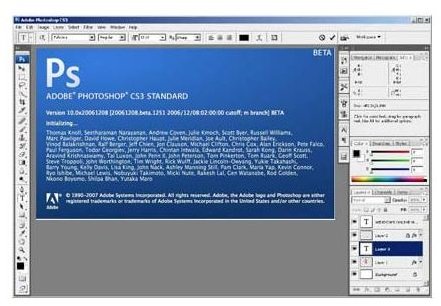Different Fun Photo Editing Tools for Your Digital Images
New Photo Editing
Photo editing is quickly becoming part of the everyday work of digital photography. In years previous, it took huge photo editing systems and expensive conversion equipment to be able to actually alter photographs. In those days it was not practical for people to edit their own photos, but now it has become both an easy and relatively inexpensive process. Here are some fun photo editing tips for those trying to play around with their photos.
Color Tones
One of the most fun photo editing tools available to you is going to be to change the color tint of your photo. More advanced photo editing tools allow you to change the intensity of different tints and isolate colors, but for simple photo editing you may just want to
choose an overriding tint for your entire photo.
The most popular of these is to make the photo black and white, which is also called desaturation. This changes the available colors in the photo to shades of white, black, and grey. This may flatten out your image so you may want to end up adding some contrast, which is the variance between light and dark in the image.
Beyond black and white you have a lot of other options that are given by your photo editing software. You can select Sepia tone, which is reddish brown tint over your whole photo that was popularized through old westerns that were on worn film stock. You can also just give basic colors to your photos such as red, green, and blue depending on how you want it to end up appearing. What is important to look at when adding these colors during your simple photo editing process is how intense the colors are because you do not want them to overwhelm the photo as a whole.
Airbrushing
In more traditional photo editing terms, “airbrushing” refers vaguely to the act of removing blemishes or unwanted elements from a picture. Traditionally, this process was actually done on physical film with a paint source to cover up these areas. In advanced photo editing programs like Adobe Photoshop you don’t have to worry about this because the tool is one of the standards. Here you can use these coverup elements to target specific parts of an object that you want removed, and the tool will recognize the color and shape of the supporting object and make sure that it re-conforms the image to be appropriate. For example, if you want to remove facial blemishes from a portrait you can use the appropriate tool to essentially “erase” the blemish. The tool will then recognize the part of the object that is not part of its principle flesh color and once you do the act of erasure it will replace that object with a color tone that reflects the skin tone around it. This is a fun photo editing tool that is actually very practical for touching up your digital images without having to jump into incredibly advanced photo editing features.
Lightening and Darkening
Images themselves are rarely taken in the exact exposure that you would want, and you may even want to play around and make certain parts of the image lighter or darker than they were before. One of the most fun photo editing tools that is out there is the ability to brighten or darken images as you would like them, which is also a fairly simple photo editing tool. To do this you will often just select a more broad scale as to how bright you want the image to be from an available range. This is especially easy when using an intermediate program like Adobe Bridge, but can be done at all levels. It will require a little more focus when you want to isolate specific areas to lighten or darken them, and in something like Adobe Photoshop you may even need to do multiple layers to get it right. When you are lightening and darkening images you will notice that the image may become more flat or unclear. Lightening images can sometimes add a fog appearance to the image, but you may want to look into raising the contrast or separating the color patterns.
